1. Foundation Model Technology Updates
???? Zhipu Robot Open-Sources GO-1: The First ViLLA Embodied Foundation Model
Zhipu Robot has unveiled GO-1, the world’s first open-source embodied foundation model built on the ViLLA architecture.
- Three-Layer Structure:
- VLM Multimodal Understanding – bridges text and vision.
- Latent Planner – performs implicit planning.
- Action Expert – generates robot actions.
- Genie Studio Platform: Alongside GO-1, Zhipu introduced Genie Studio, a full-stack development platform integrating data collection, model training, and deployment. This aims to accelerate robotics R&D and boost efficiency for developers.
???? Alibaba Qwen Team Launches Qwen3-ASR-Toolkit
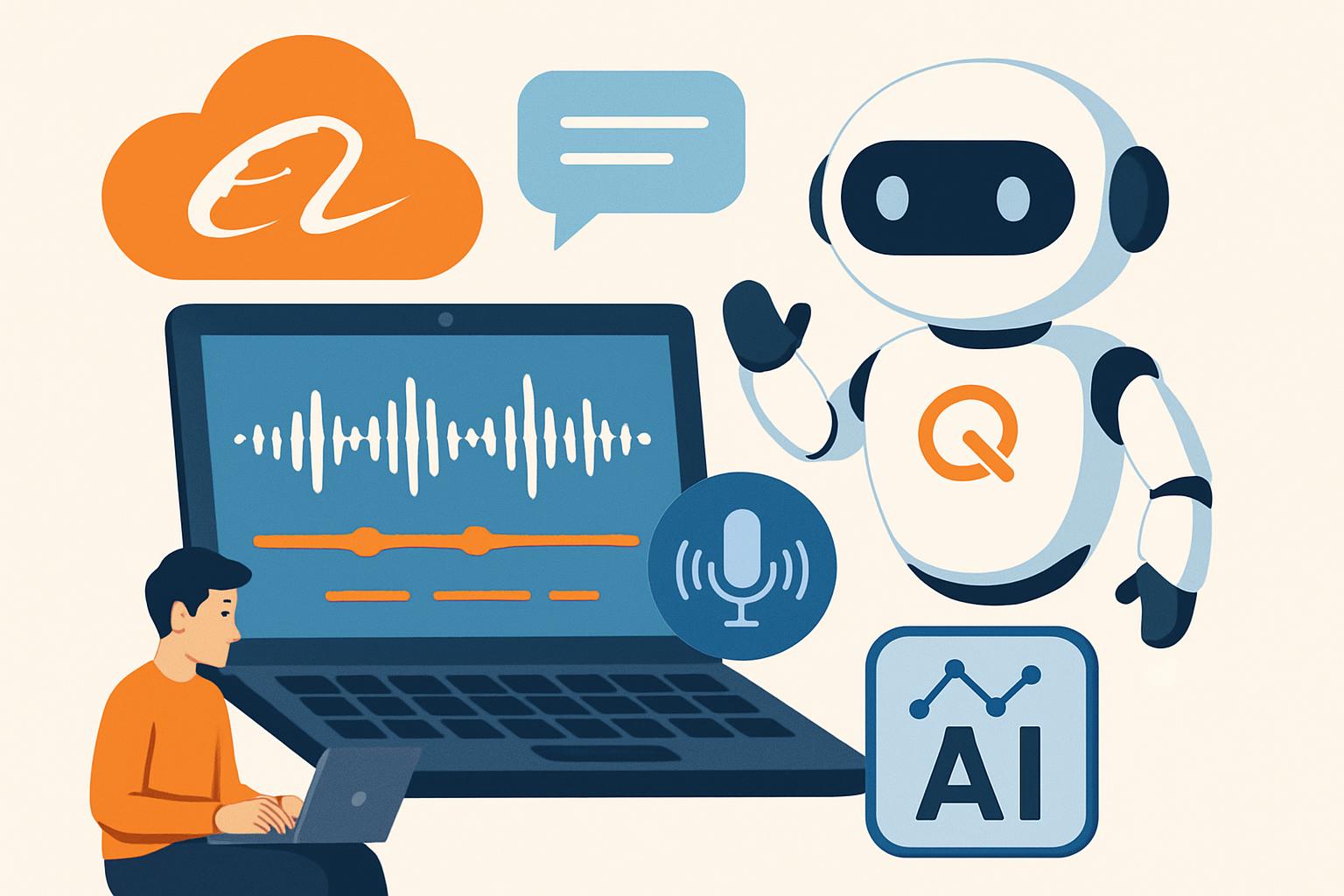
The Alibaba Tongyi Qwen team open-sourced Qwen3-ASR-Toolkit, a Python CLI tool designed for long-duration audio/video transcription.
- Key Features:
- Overcomes the 3-minute cap of Qwen3-ASR-Flash API.
- Enables hour-long transcription with high accuracy.
- Integrates VAD (Voice Activity Detection) for complete sentence capture.
- Supports multi-threading and auto-resampling for faster performance.
- Compatible with most mainstream audio/video formats.
????️ Baidu Qianfan Releases Qianfan-VL Vision Model
Baidu Smart Cloud’s Qianfan team officially open-sourced Qianfan-VL, a vision-language model tailored for enterprise-level use cases.
- Versions: 3B, 8B, and 70B parameter sizes.
- Capabilities:
- Optimized for OCR and education scenarios.
- Supports Kunlun P800 chips with up to 5000-card parallel computing.
- 8B/70B models enable Chain-of-Thought reasoning.
- Demonstrated strong results in multi-benchmark testing.
2. AI Industry & Market Updates
???? Kling AI Unveils Video Generation Model 2.5Turbo
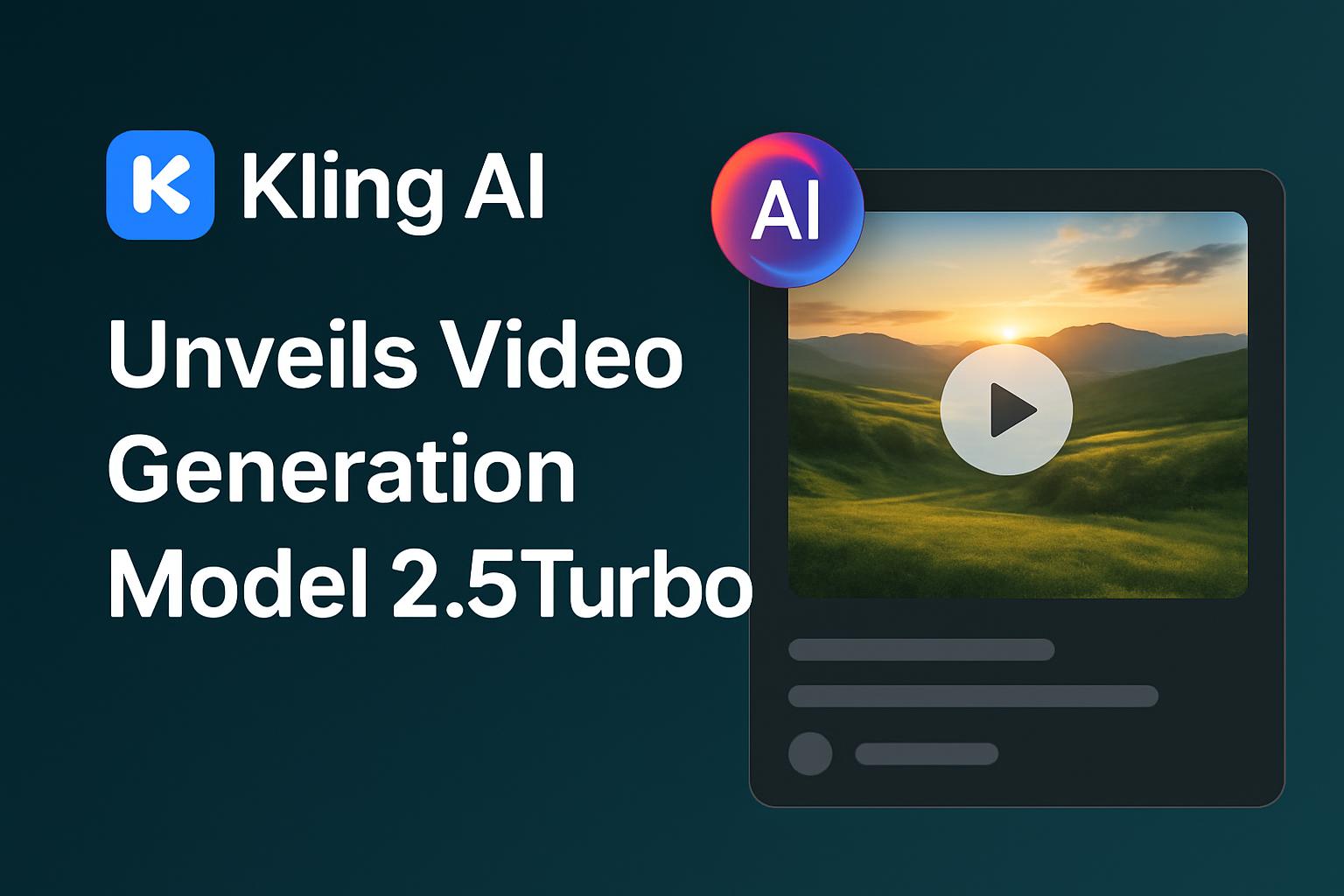
Kling AI introduced Kling 2.5Turbo, a new text-to-video generation model with improved efficiency and quality.
- Highlights:
- Generates a 5-second 1080p video at 30% lower cost than version 2.1.
- Enhanced text comprehension, motion dynamics, and aesthetic quality.
- Capable of handling complex prompts for smoother, more stable results.
☁️ Tencent Cloud Upgrades ADP to 3.0
Tencent Cloud released ADP 3.0, a next-gen AI agent development platform.
- What’s New:
- Nearly 600 new features.
- Upgraded RAG with logical reasoning support.
- Workflow improvements including asynchronous calls.
- Multi-agent collaboration modules.
- Model Marketplace: A new integration hub to reduce barriers to adopting diverse AI models.
???????? Meta Launches Political Action Committee to Shape AI Policy
Meta formed a super PAC called the American Technology Excellence Project, pledging tens of millions of dollars to influence U.S. state-level AI regulations.
- Goals:
- Resist overly restrictive AI laws.
- Support tech-friendly candidates across parties.
- Balance AI development with child safety measures.
- This move comes as states accelerate their AI legislation efforts, and as Meta seeks to repair its public reputation.
???? FAQs
Q1: What makes Zhipu’s GO-1 significant in the robotics field?
A1: It’s the first open-source embodied foundation model that tightly couples multimodal understanding with robotic action planning, lowering the barrier for robotic innovation.
Q2: How does Alibaba’s Qwen3-ASR-Toolkit differ from other transcription tools?
A2: Unlike many tools limited by file duration, Qwen3-ASR-Toolkit can transcribe hours of audio/video with higher efficiency and compatibility.
Q3: Why is Baidu’s Qianfan-VL important for enterprises?
A3: It offers scalable vision-language solutions, optimized for OCR and education, with high-performance reasoning that can run on domestic Kunlun chips.
Q4: What’s the main advantage of Kling 2.5Turbo compared to Kling 2.1?
A4: It provides cheaper, higher-quality video generation with better prompt understanding, making it ideal for creative industries.
Q5: Why is Meta investing in AI political lobbying?
A5: To influence state-level AI regulation, ensuring a balance between innovation freedom and responsible governance.
Read More Industry Updates
Bringing you the latest news in the AI industry.

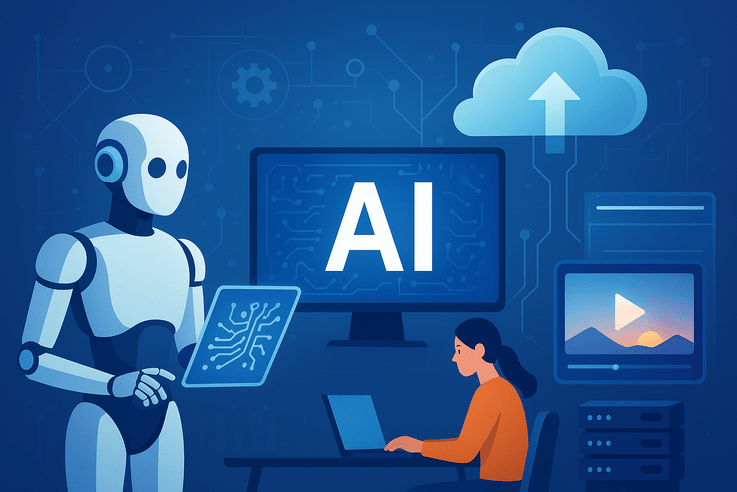
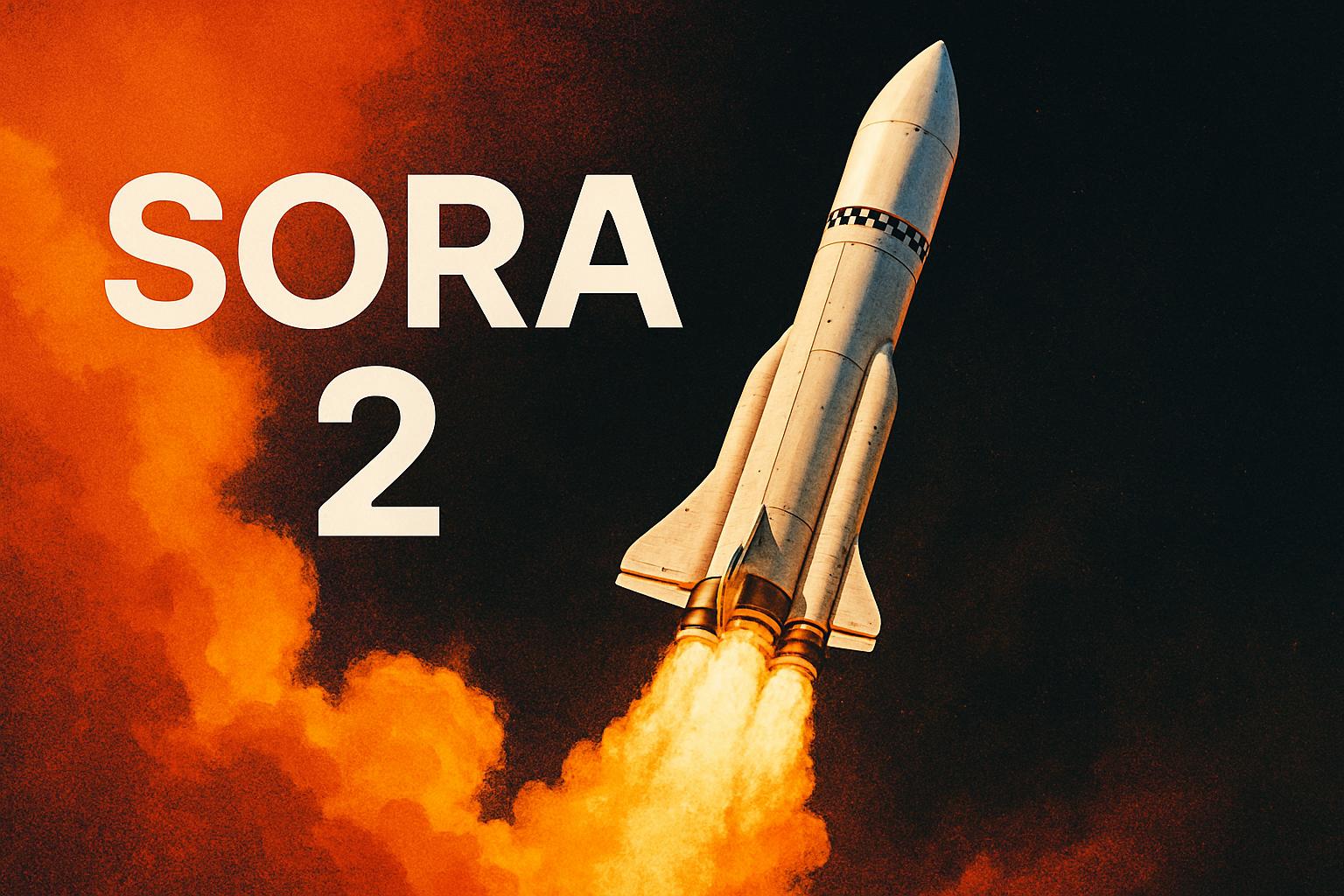
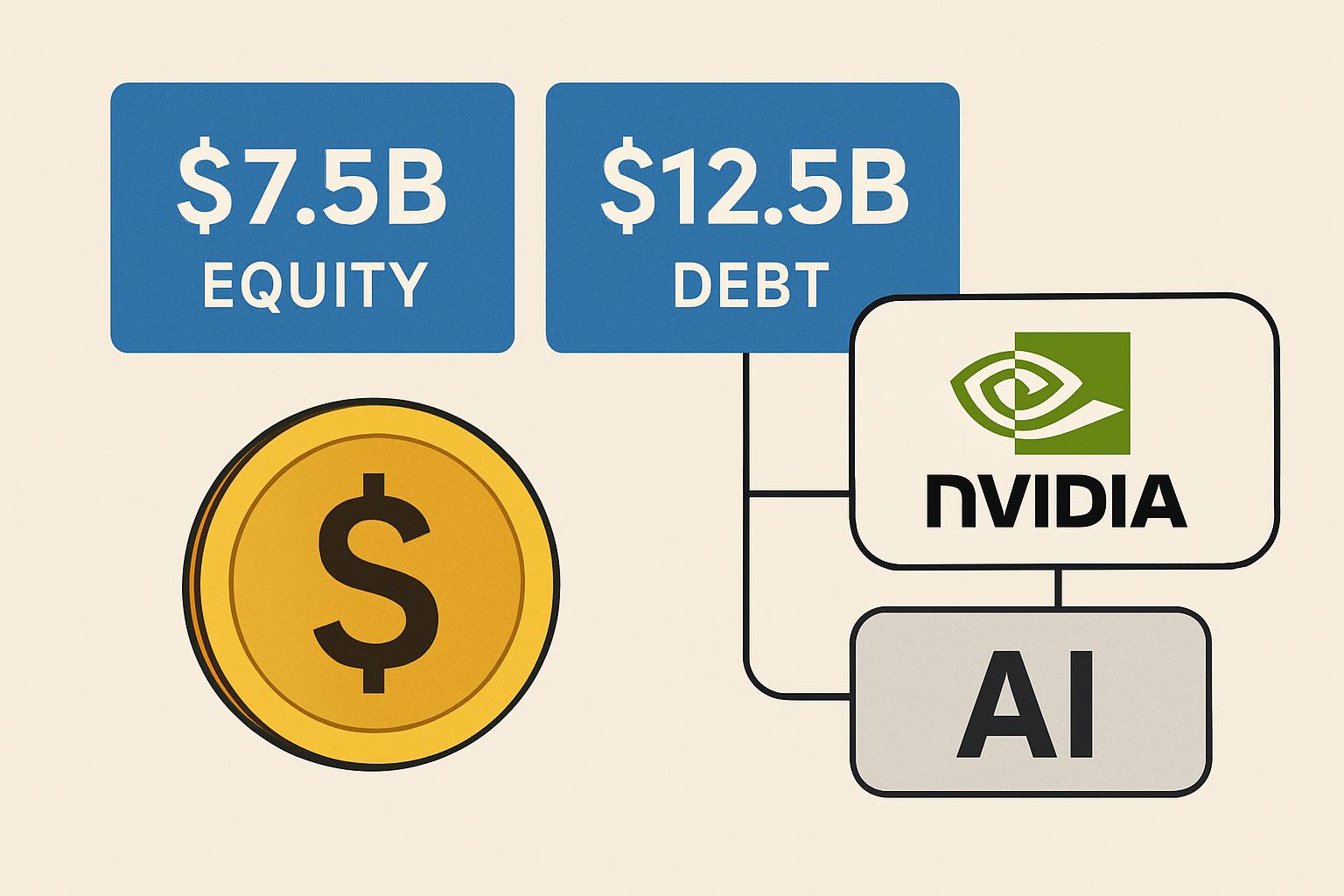

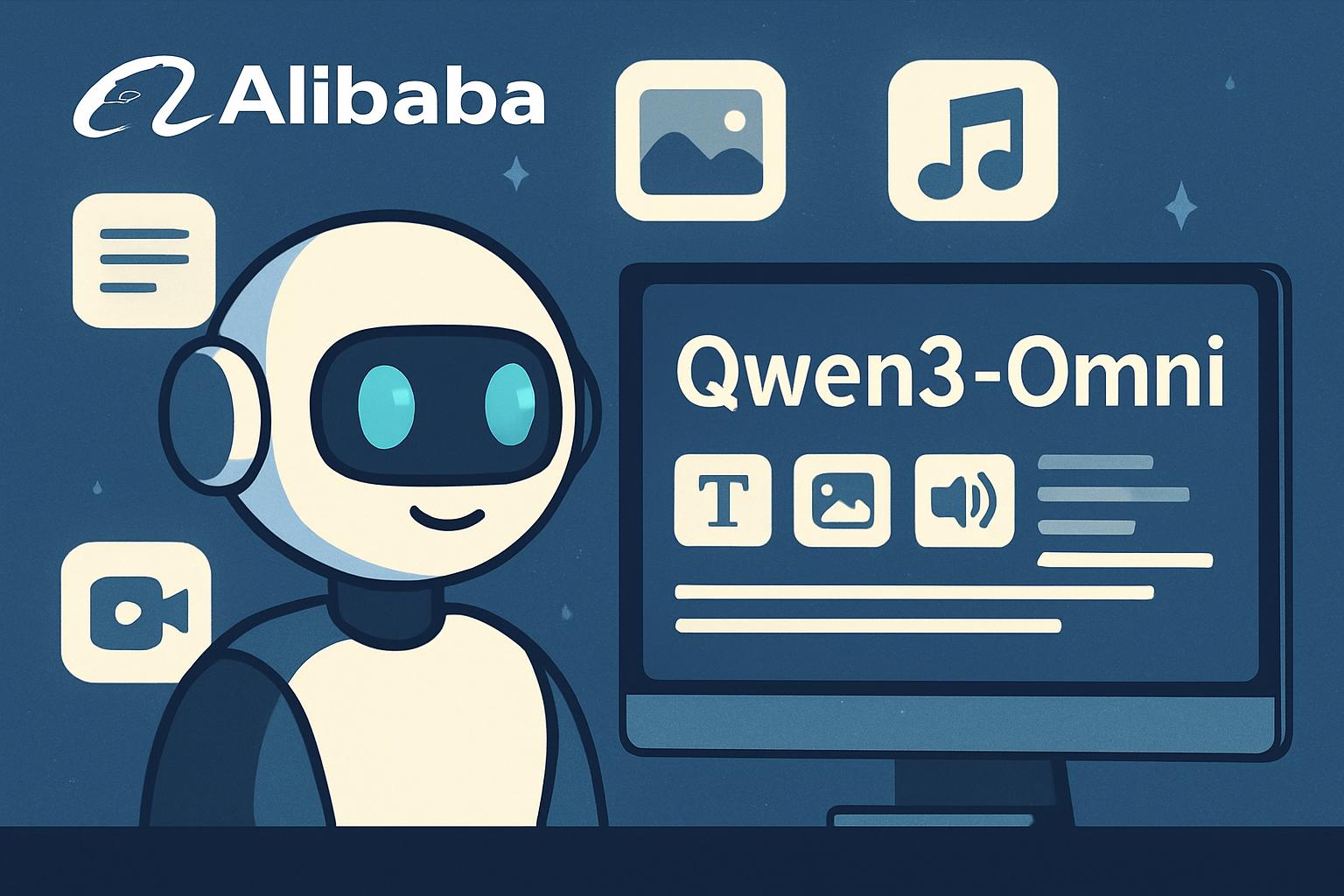

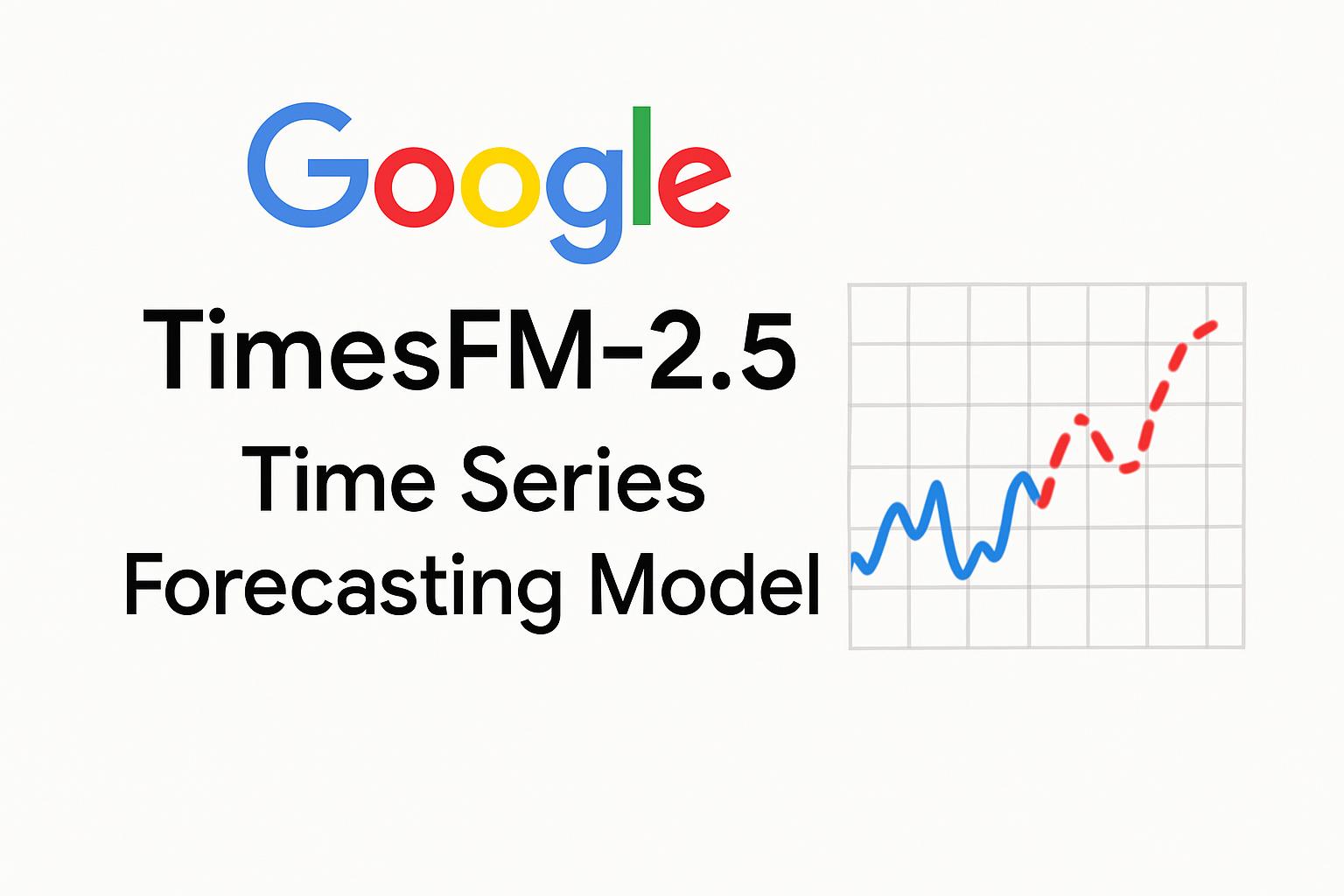
Leave a Reply